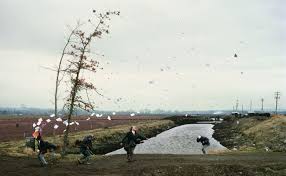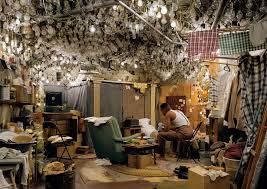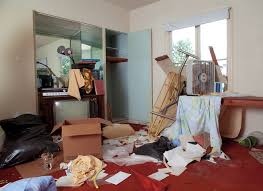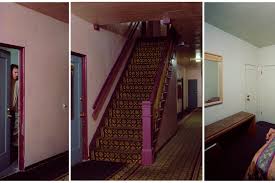Known as both an artist and art historian Jeff Wall is a Canadian photographer and writer whose work simultaneously showcases and challenges some of the most dominant assumptions about art and art-making. Wall’s early photograph shares qualities and themes with Conceptual art as well as aspects of appropriation art of the 1970s and 1980s, by investigating the assumed, required elements of fine art and borrowing narrative and visual details from outside the established art world genres.
Wall stages the scenes he photographs, intricately designing every detail to achieve his desired visual effects. Ironically, the final images often appear to be mid-action, spontaneous and candid moments. In Wall’s earliest photographs of the late 1970s and 1980s clear references are made to some of the most famous paintings in the history of art since the Renaissance. Wall admits nodding toward the titans of early modern painting such as Delacroix and Manet.
I have chosen to look at Jeff Wall as one of my artists for the way in which he stages his photographs but also for the way in which his photographs also focus on the surroundings as well as the people inside. The landscape and parts of the island relating to the legends is something I want to try to focus on slightly so have take Jeff Wall as a photographer to see how he takes and stages photographs without any people in to still make an impact and mean, show and hint at something without the use of people. I am going on to do a photoshoot of landscapes in the places that I want to centre the stories around, unlike Jeff Wall who stages the photographs to create his photographs I am going to be taking the photographs of the landscapes as they are however I have similar intentions.
Jeff Wall’s Work:
The Destroyed Room (1978)
The Destroyed Room from 1978 is one of Wall’s first and most iconic photographs. The work consists of a large photograph printed as a cibachrome transparency within a fluorescent Lightbox. Around 5 by 8 feet in size the work is both vivid and imposing. Offering a stark and intrusive view of a seemingly ravaged space the image forces the viewer to confront the destruction of items found within the typically intimate space of a bedroom. Visually we can see clothes are spilling out of the drawers of the wooden dresser, a bed is turned on its side with its pale green mattress slashed, possessions such as clothing and accessories are strewn about the floor and large pieces of the red wall are missing, exposing the pink insulation underneath.
With this photograph Wall first began making overt references to some of the most famous examples of classical painting from the 19th century. In The Destroyed Room, the large scale oil painting titled The Death of Sardanapalus, painted by Eugene Delacroix in 1827 is the source of inspiration. The Death of Sardanapalus depicts an act of violence that occurs, Wall shows an aftermath. Wall has purposely left remnants of the staging process of the scene in the final image, making the fabrication of the room obvious.







